Home>Gardening & Outdoor>Landscaping Ideas>How To Cook Grass-Fed Ground Beef


Landscaping Ideas
How To Cook Grass-Fed Ground Beef
Modified: September 2, 2024
Learn the best techniques for cooking grass-fed ground beef with our expert tips and recipes. Discover delicious and healthy landscaping ideas for your next meal.
(Many of the links in this article redirect to a specific reviewed product. Your purchase of these products through affiliate links helps to generate commission for Storables.com, at no extra cost. Learn more)
Introduction
Welcome to the world of grass-fed ground beef, where flavor, nutrition, and sustainability converge to offer a culinary experience like no other. Cooking with grass-fed ground beef introduces a delightful array of possibilities, from savory meatballs to juicy burgers and hearty casseroles. This article is your guide to unlocking the full potential of grass-fed ground beef in your kitchen, from selecting the finest cuts to mastering cooking techniques that preserve its natural goodness.
Grass-fed ground beef is a product of cattle raised on a natural diet of grass, which imbues the meat with a rich, earthy flavor and a superior nutritional profile compared to conventionally raised beef. This wholesome approach to cattle farming not only results in more flavorful meat but also supports sustainable agricultural practices, making grass-fed ground beef an appealing choice for conscientious consumers.
As you embark on this culinary journey, you’ll discover the nuances of choosing the right grass-fed ground beef, learn how to prepare it for cooking, explore various cooking techniques that accentuate its natural flavors, and gather inspiration from delectable recipes. Whether you’re a seasoned home cook or a culinary enthusiast eager to explore new ingredients, this article will equip you with the knowledge and inspiration to elevate your grass-fed ground beef dishes to new heights.
Key Takeaways:
- Embrace the natural richness of grass-fed ground beef by choosing quality cuts with visible marbling and prioritizing organic, sustainable practices for a flavorful and sustainable culinary experience.
- Prepare and cook grass-fed ground beef with care, using gentle handling and cooking techniques to preserve its tenderness and natural flavors, while exploring diverse recipes for creative culinary adventures.
Read more: How Many Calories In Grass-Fed Ground Beef
Choosing the Right Grass-Fed Ground Beef
When it comes to selecting grass-fed ground beef, understanding the key factors that influence its quality is essential for achieving exceptional results in your cooking endeavors. Here are some essential considerations to keep in mind when choosing the perfect grass-fed ground beef for your culinary creations:
- Grass-Fed and Grass-Finished: Look for grass-fed ground beef that is not only raised on a grass diet but also grass-finished, meaning the cattle exclusively consume grass and forage throughout their lives. This distinction ensures that the meat is imbued with the full spectrum of flavors and nutrients derived from a natural, pasture-based diet.
- Quality and Marbling: Opt for grass-fed ground beef with visible marbling, which consists of fine streaks of fat distributed throughout the meat. Marbling enhances the flavor and juiciness of the beef, contributing to a more succulent and tender end result.
- Organic and Sustainable Practices: Choose grass-fed ground beef from producers committed to organic and sustainable farming practices. This ensures that the beef is free from synthetic pesticides, hormones, and antibiotics, and that the animals are raised in a manner that promotes environmental stewardship and animal welfare.
- Source and Traceability: Prioritize grass-fed ground beef from reputable suppliers with transparent sourcing and traceability. Knowing the origin of the beef allows you to make informed decisions about the quality and ethical standards upheld throughout the production process.
- Certifications and Standards: Look for grass-fed ground beef that bears certifications from recognized organizations, such as the American Grassfed Association or the Certified Grassfed by AGW (A Greener World) label. These certifications validate the adherence to rigorous standards for grass-fed production, ensuring a higher level of quality and integrity.
By prioritizing these factors, you can confidently select grass-fed ground beef that embodies the essence of sustainable, flavorful, and nutritious meat. With the right choice of grass-fed ground beef, you lay the foundation for creating culinary delights that celebrate the inherent qualities of this exceptional ingredient.
Preparing Your Grass-Fed Ground Beef
Before delving into the culinary magic of cooking with grass-fed ground beef, it’s essential to prepare the meat properly to ensure optimal flavor and texture in your dishes. Here’s a step-by-step guide to preparing your grass-fed ground beef for cooking:
- Thawing: If your grass-fed ground beef is frozen, allow it to thaw gradually in the refrigerator. Avoid using the microwave for thawing, as this can compromise the texture and moisture content of the meat.
- Handling with Care: Handle the grass-fed ground beef gently to preserve its natural juices and tenderness. Avoid overworking the meat during preparation, as excessive handling can result in a denser and less succulent final product.
- Seasoning: Consider seasoning the grass-fed ground beef with a light touch, using a blend of salt, pepper, and any desired herbs or spices. This enhances the natural flavors of the meat without overpowering its inherent richness.
- Forming Patties or Shapes: If you’re shaping the ground beef into patties for burgers or meatballs for a savory dish, do so with a gentle touch. Avoid compacting the meat too firmly, as this can lead to a dense and less tender texture when cooked.
- Portioning for Recipes: When preparing specific recipes that call for a precise amount of ground beef, take care to portion the meat accordingly. This ensures uniform cooking and consistent flavor distribution throughout the dish.
- Storage and Freshness: If you’re not cooking the grass-fed ground beef immediately after preparation, store it in the refrigerator in an airtight container to maintain its freshness. Avoid prolonged storage, and aim to use the meat within a few days for the best results.
By following these preparation steps, you set the stage for a delightful cooking experience with grass-fed ground beef. Properly handling and seasoning the meat ensures that its natural qualities shine through in every delectable dish you create.
When cooking grass-fed ground beef, use lower heat and shorter cooking times compared to conventional beef to prevent it from becoming tough and dry.
Cooking Techniques for Grass-Fed Ground Beef
Mastering the art of cooking grass-fed ground beef involves employing techniques that preserve its natural flavors and yield delectable results. Whether you’re aiming to achieve succulent burgers, flavorful meatballs, or savory casseroles, the following cooking methods will help you harness the full potential of grass-fed ground beef:
- Searing and Grilling: For burgers and steaks made from ground beef, searing and grilling are ideal techniques that impart a delightful charred exterior while locking in the meat’s juices. Preheat the grill or skillet to a high temperature, and cook the grass-fed ground beef patties or steaks to your desired level of doneness, ensuring a juicy and flavorful outcome.
- Sauteing and Pan-Frying: When preparing meatballs, stir-fries, or skillet meals, sauteing and pan-frying allow you to achieve a caramelized exterior and a tender, moist interior. Use a combination of high-quality oil and butter for added flavor, and cook the grass-fed ground beef over medium-high heat, taking care not to overcook it to maintain its natural succulence.
- Braising and Slow Cooking: For hearty stews, chili, or braised dishes, consider slow cooking the grass-fed ground beef to develop rich, complex flavors. Low and slow cooking methods allow the meat to tenderize while infusing the dish with a depth of savory goodness that defines comforting, slow-cooked meals.
- Baking and Roasting: Embrace the versatility of grass-fed ground beef by incorporating it into baked dishes such as meatloaf, stuffed peppers, or savory pies. Baking and roasting the ground beef alongside complementary ingredients allows for even cooking and the melding of flavors, resulting in satisfying and wholesome culinary creations.
- Simmering in Sauces: When preparing pasta sauces, curries, or simmered dishes, allow the grass-fed ground beef to gently simmer in flavorful sauces, enabling the meat to absorb the essence of the accompanying ingredients while contributing its own distinct character to the dish.
By leveraging these cooking techniques, you can unleash the full potential of grass-fed ground beef, creating a diverse array of dishes that showcase its natural richness and depth of flavor. Experimenting with different methods will expand your culinary repertoire and inspire a newfound appreciation for this exceptional ingredient.
Recipes and Ideas for Cooking Grass-Fed Ground Beef
Exploring the culinary possibilities of grass-fed ground beef opens the door to a myriad of delectable recipes and creative cooking ideas. Whether you’re seeking inspiration for a comforting family meal or an impressive dish to share with friends, these recipes and concepts will elevate your grass-fed ground beef cooking adventures:
- Classic Grass-Fed Beef Burgers: Craft juicy, flavorful burgers using grass-fed ground beef seasoned with a hint of garlic, onion powder, and Worcestershire sauce. Serve on toasted brioche buns with crisp lettuce, ripe tomatoes, and your favorite condiments for a timeless burger experience.
- Italian-Inspired Meatballs: Prepare savory meatballs by combining grass-fed ground beef with breadcrumbs, Parmesan cheese, and Italian herbs. Simmer the meatballs in a rich tomato sauce and serve over al dente spaghetti for a comforting Italian feast.
- Moroccan Spiced Kebabs: Infuse grass-fed ground beef with a blend of Moroccan spices, such as cumin, coriander, and paprika, then form the seasoned meat around skewers for flavorful kebabs. Grill to perfection and serve with couscous and a refreshing yogurt and cucumber sauce.
- Asian-Inspired Lettuce Wraps: Create vibrant lettuce wraps filled with a mixture of grass-fed ground beef, water chestnuts, and aromatic ginger and garlic. Serve with a drizzle of hoisin sauce and a sprinkle of chopped peanuts for an enticing fusion of flavors.
- Stuffed Bell Peppers: Hollow out colorful bell peppers and fill them with a mixture of grass-fed ground beef, quinoa, diced vegetables, and melty cheese. Bake until the peppers are tender and the filling is irresistibly savory and satisfying.
- Mexican-Style Taco Bowls: Build vibrant taco bowls featuring seasoned grass-fed ground beef, black beans, corn, and a medley of fresh toppings such as avocado, salsa, and cilantro. Serve over a bed of fluffy rice or crisp lettuce for a fiesta of flavors.
These recipes offer a mere glimpse into the boundless creativity and culinary delight that grass-fed ground beef can bring to your table. Experiment with diverse flavors, ingredients, and cultural influences to craft an array of memorable dishes that celebrate the exceptional qualities of this wholesome and flavorful meat.
Read more: What Is Grass-Fed Beef
Conclusion and Tips for Cooking Grass-Fed Ground Beef
As you venture into the realm of cooking with grass-fed ground beef, embracing its natural richness and distinct flavor profiles can elevate your culinary repertoire to new heights. To ensure a gratifying cooking experience and exceptional results, consider the following tips and concluding thoughts:
- Embrace the Nuances: Appreciate the nuanced flavors and textures of grass-fed ground beef, allowing its natural qualities to shine through in your cooking. This wholesome and sustainable ingredient offers a depth of character that can enhance a wide range of dishes.
- Opt for Gentle Cooking Methods: When cooking grass-fed ground beef, opt for gentle cooking techniques that preserve its tenderness and succulence. Avoid high heat and overcooking, as these can compromise the meat’s natural juiciness and result in a less flavorful outcome.
- Enhance with Complementary Ingredients: Complement the robust flavors of grass-fed ground beef with a diverse array of herbs, spices, and aromatic ingredients. Experiment with global culinary influences to create captivating dishes that highlight the meat’s inherent richness.
- Prioritize Quality and Sustainability: Select grass-fed ground beef from reputable sources that prioritize quality, sustainability, and ethical farming practices. By supporting conscientious producers, you contribute to a more sustainable and transparent food system.
- Explore Creative Recipes: Unleash your creativity in the kitchen by exploring a variety of recipes and cooking ideas that showcase the versatility of grass-fed ground beef. From classic comfort foods to innovative fusion dishes, there are endless possibilities to delight your palate.
As you embark on your culinary journey with grass-fed ground beef, remember that each dish is an opportunity to savor the wholesome essence of this exceptional ingredient. Whether you’re crafting a comforting family meal or hosting a festive gathering, the natural richness and nutritional benefits of grass-fed ground beef are sure to captivate the senses and inspire a newfound appreciation for the art of cooking.
With these tips and insights in mind, you’re well-equipped to embark on a flavorful and fulfilling adventure with grass-fed ground beef, infusing your kitchen with the irresistible allure of sustainable, nutritious, and undeniably delicious cooking.
Frequently Asked Questions about How To Cook Grass-Fed Ground Beef
Was this page helpful?
At Storables.com, we guarantee accurate and reliable information. Our content, validated by Expert Board Contributors, is crafted following stringent Editorial Policies. We're committed to providing you with well-researched, expert-backed insights for all your informational needs.
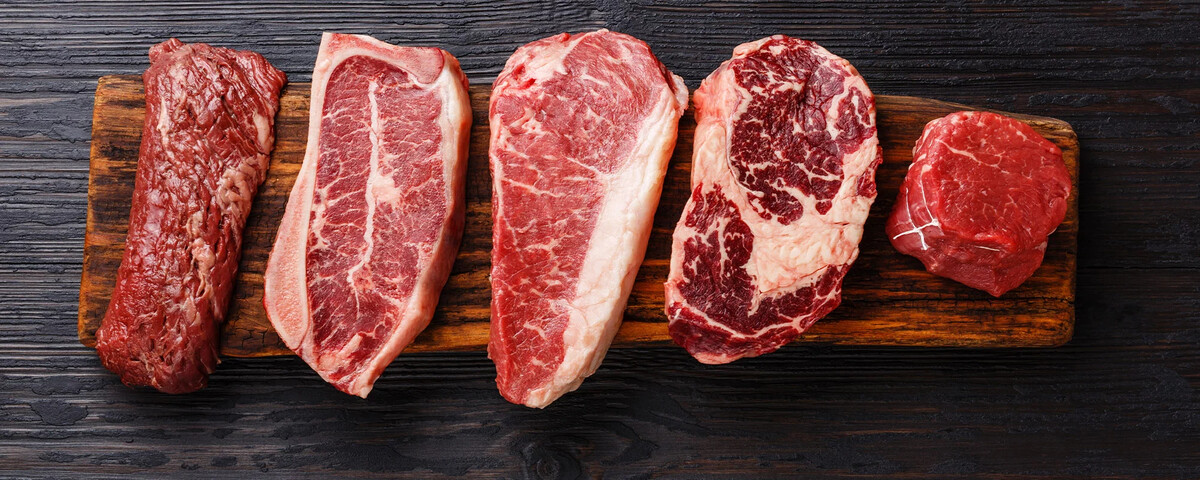
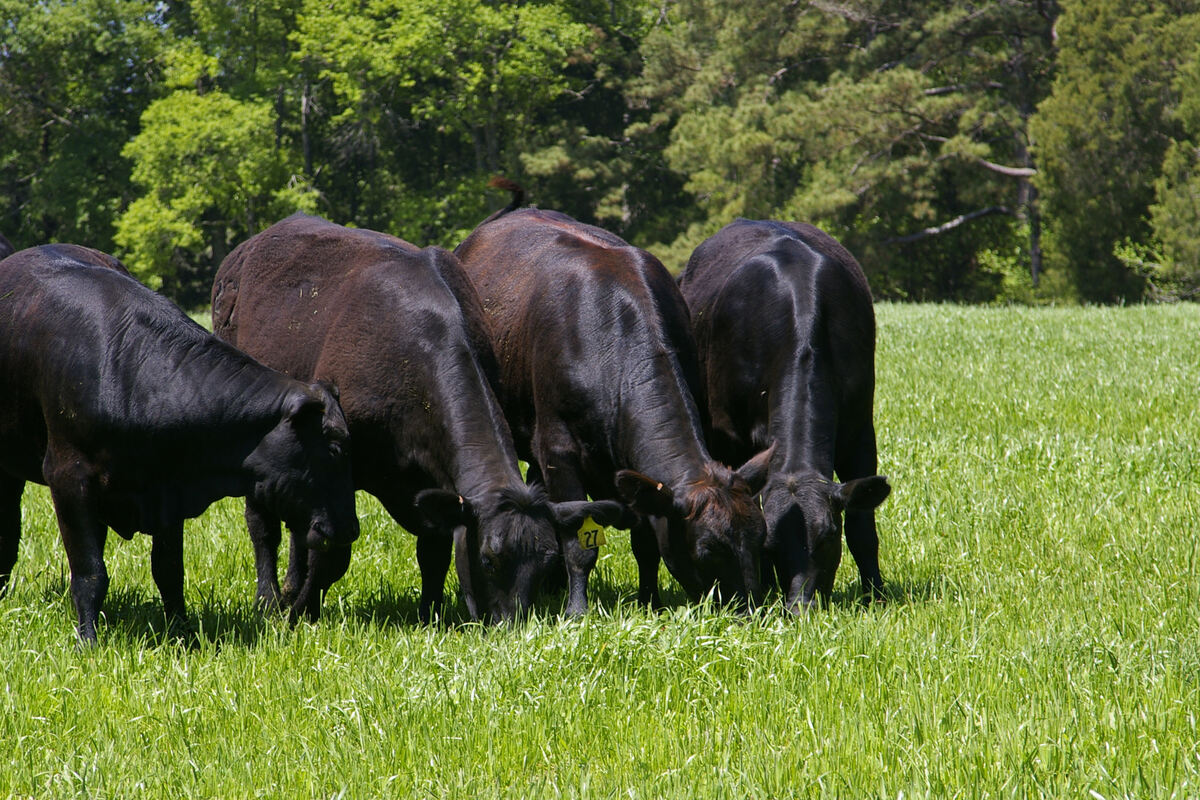

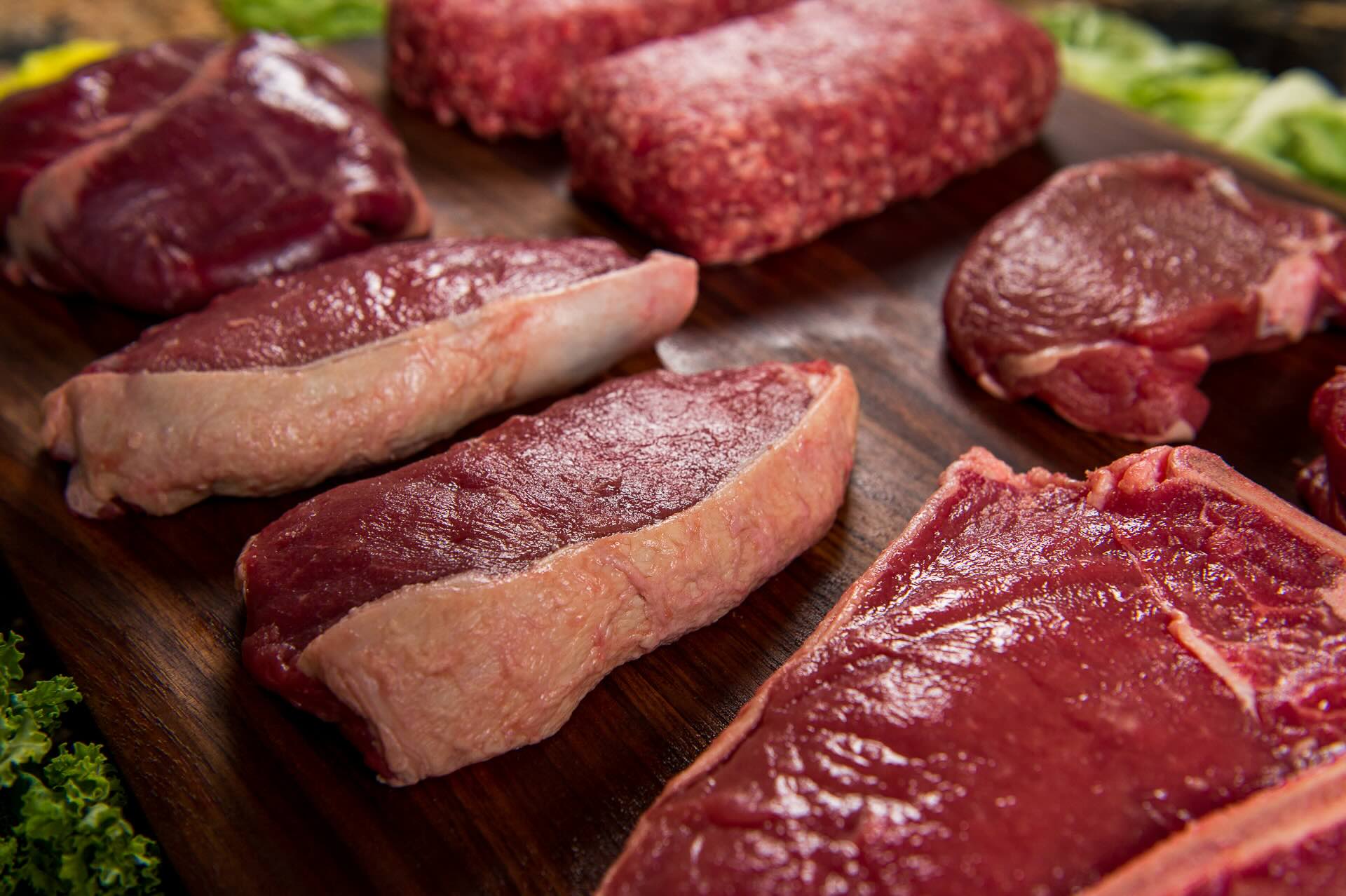
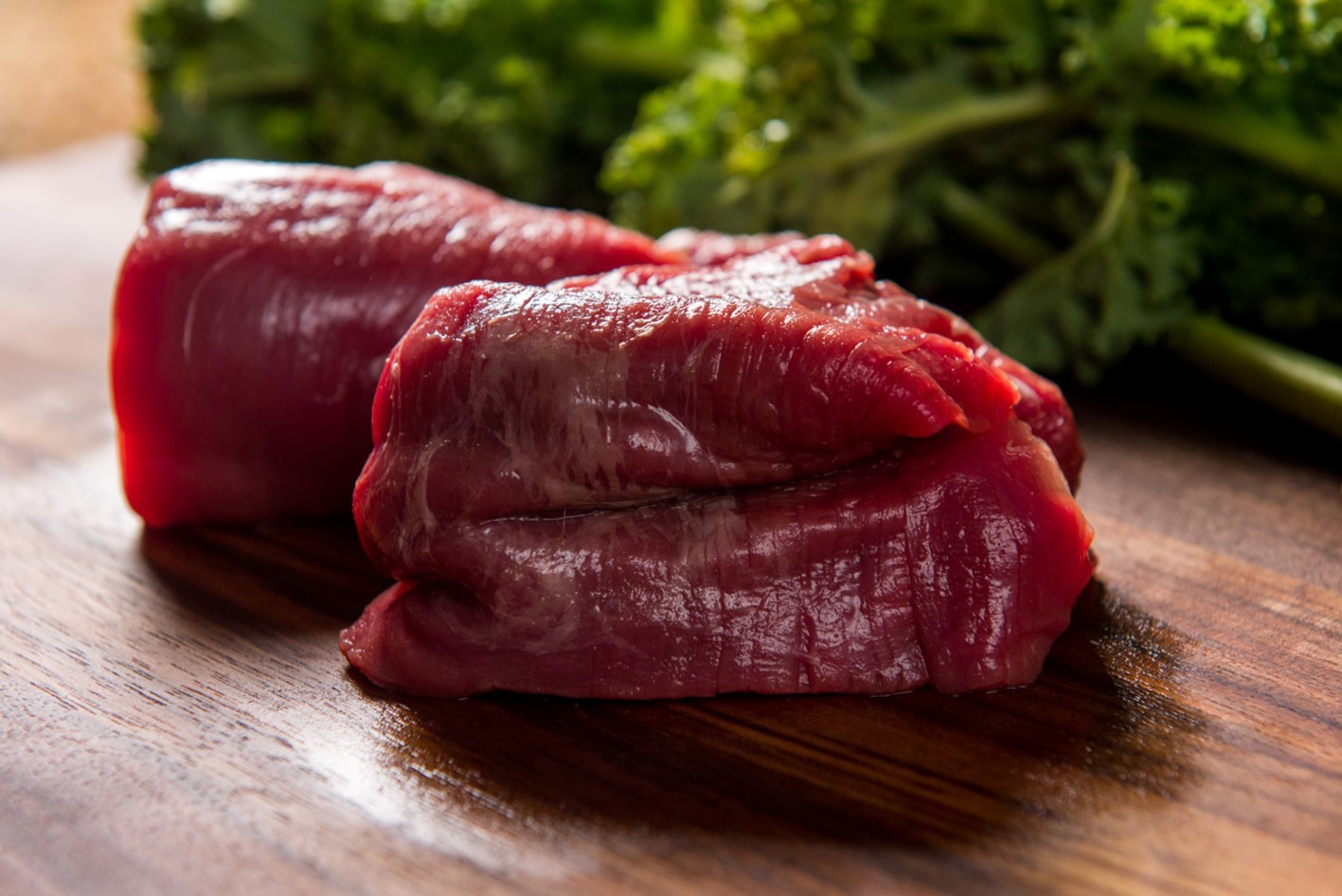
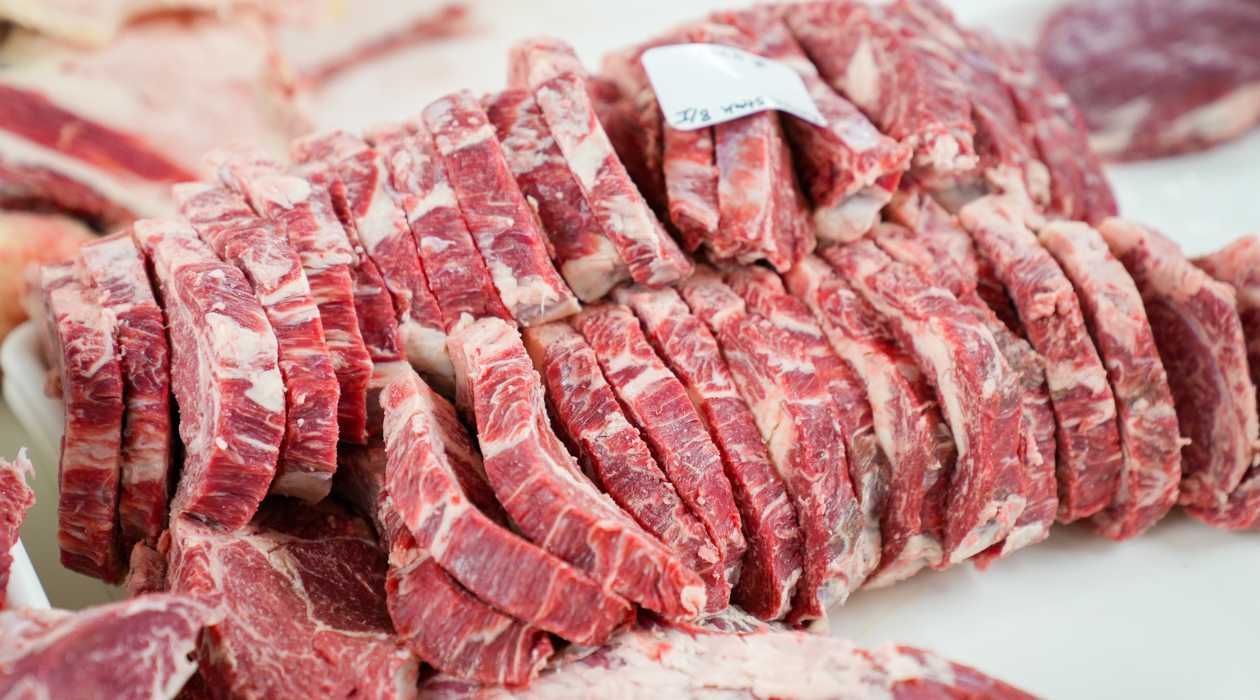
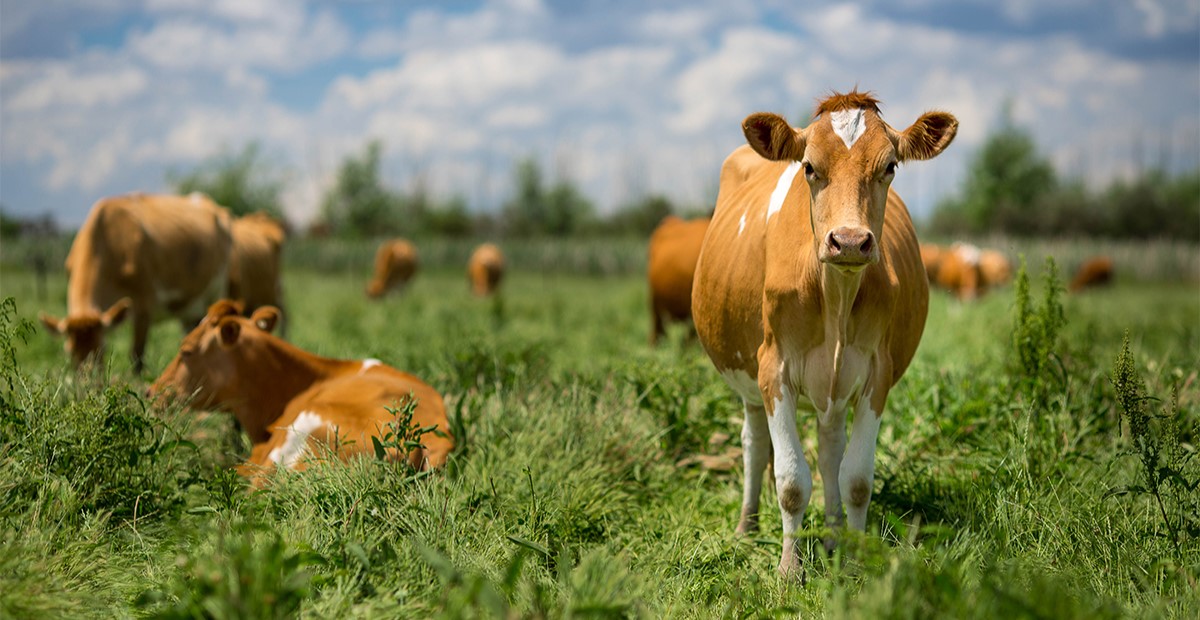
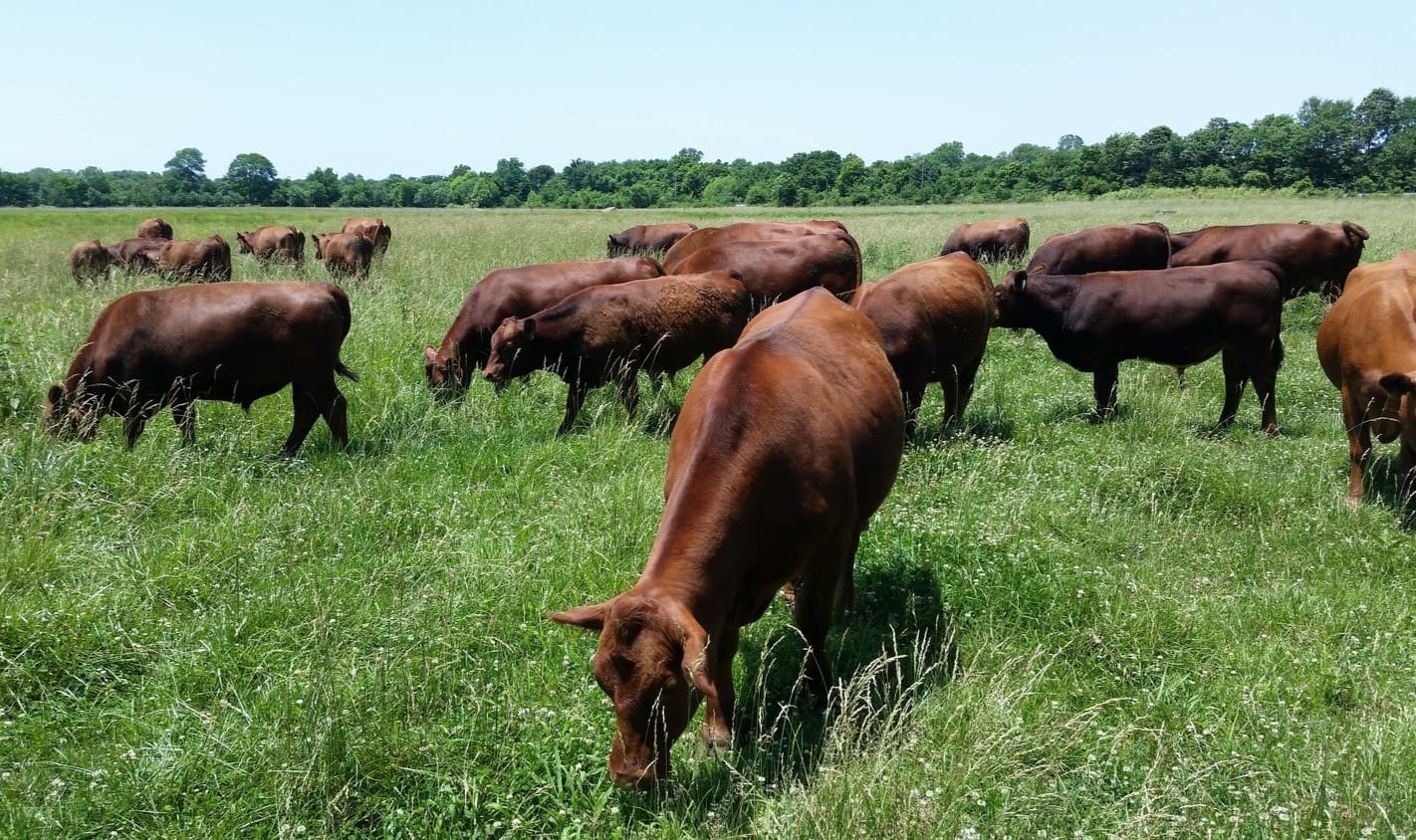
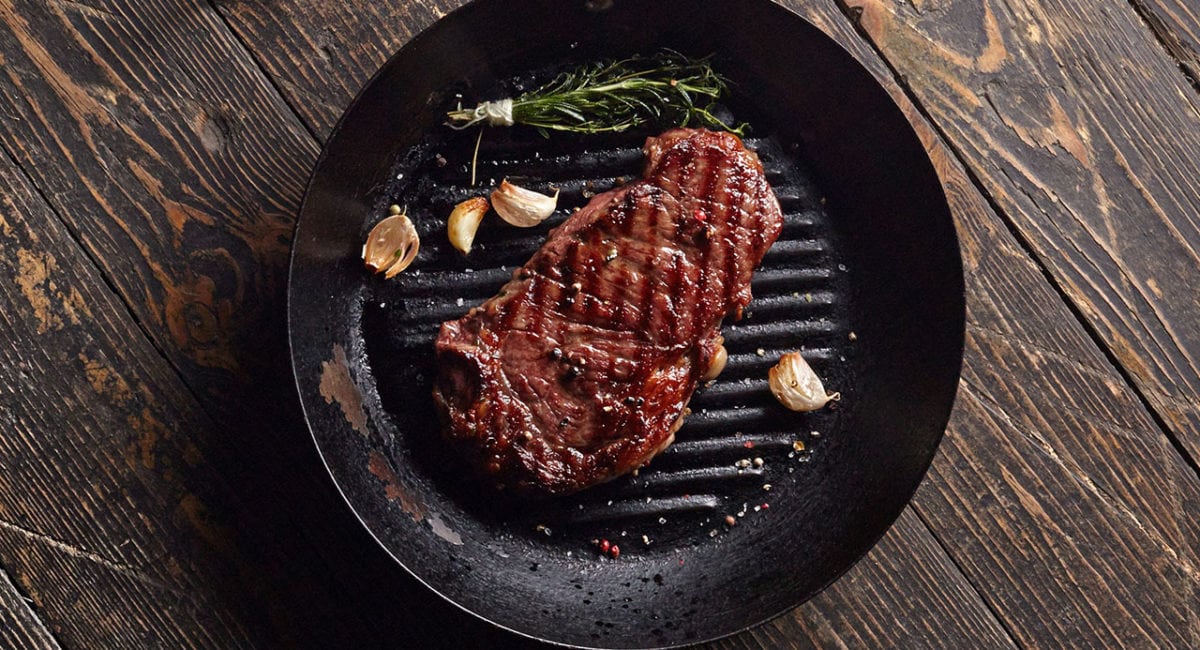
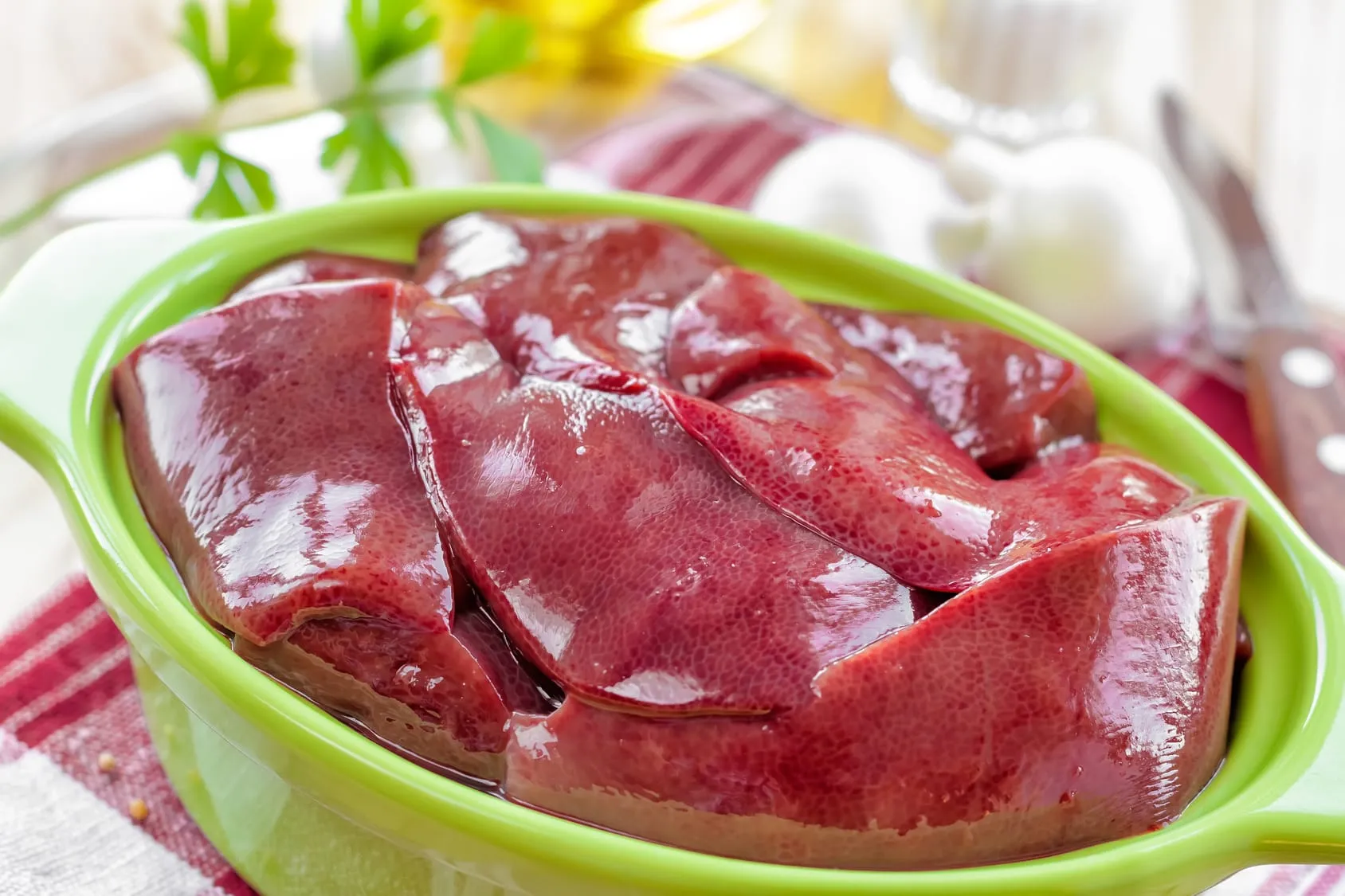

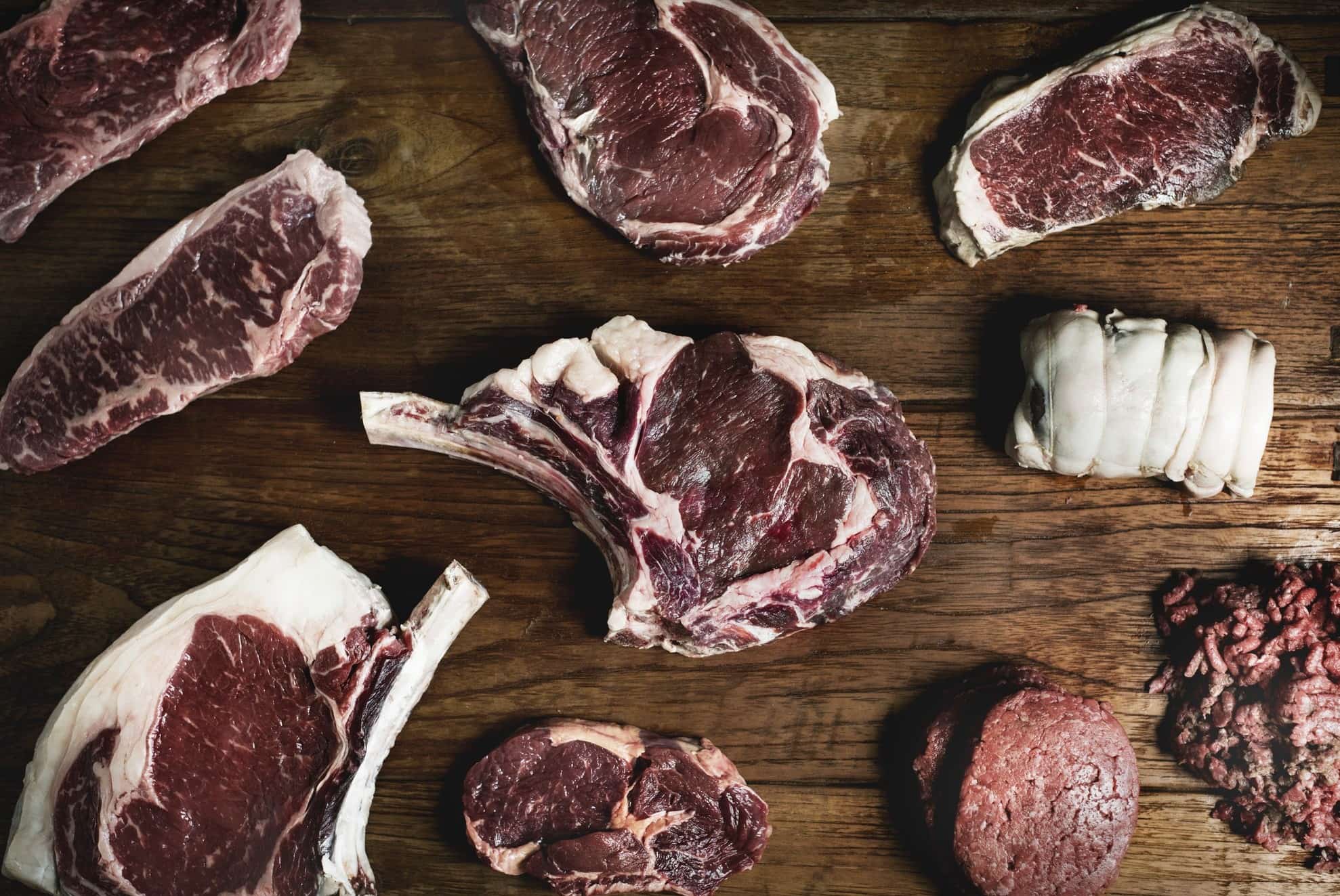
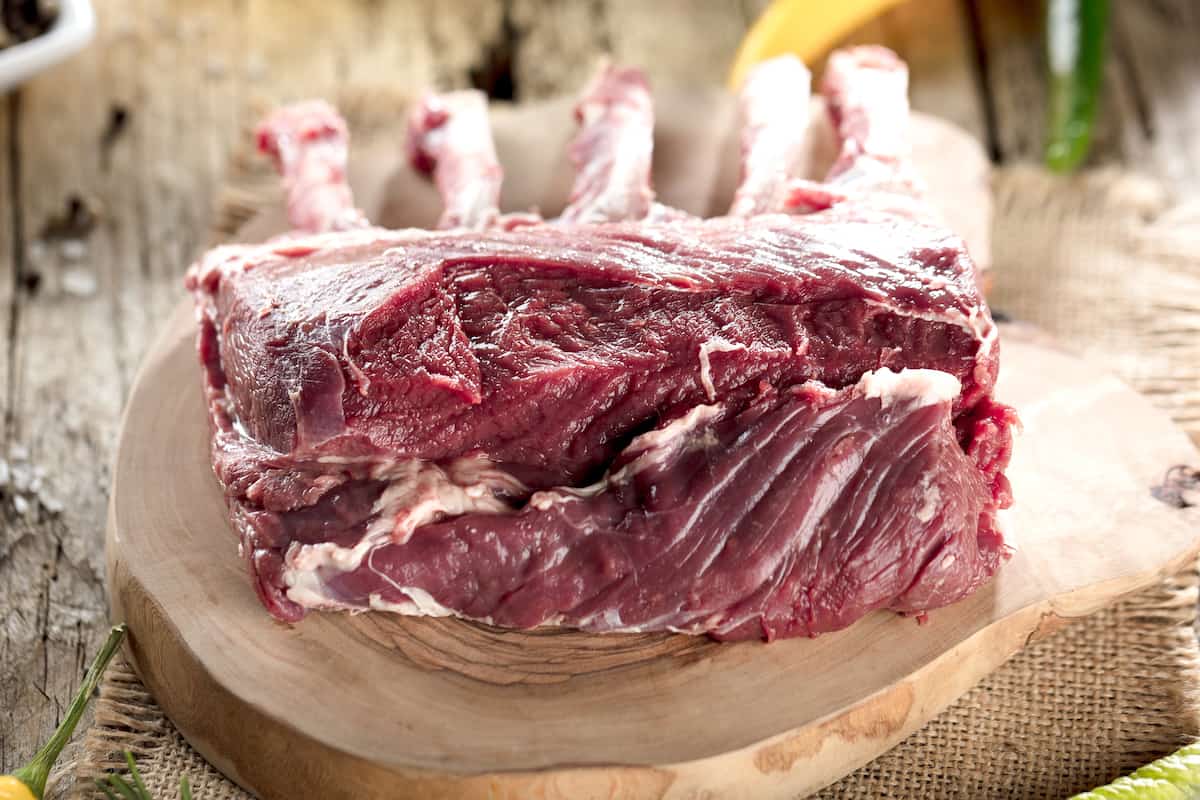


0 thoughts on “How To Cook Grass-Fed Ground Beef”